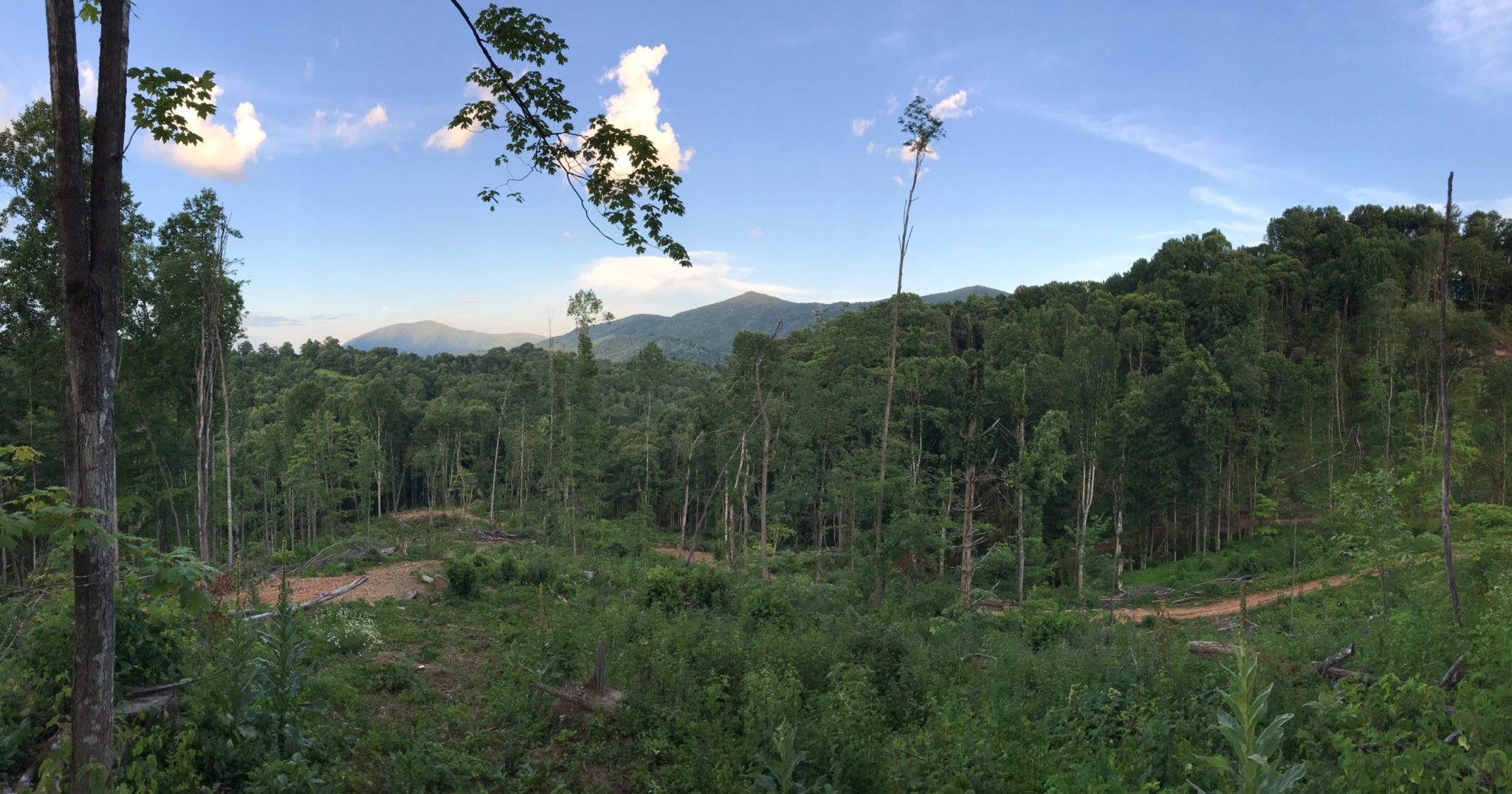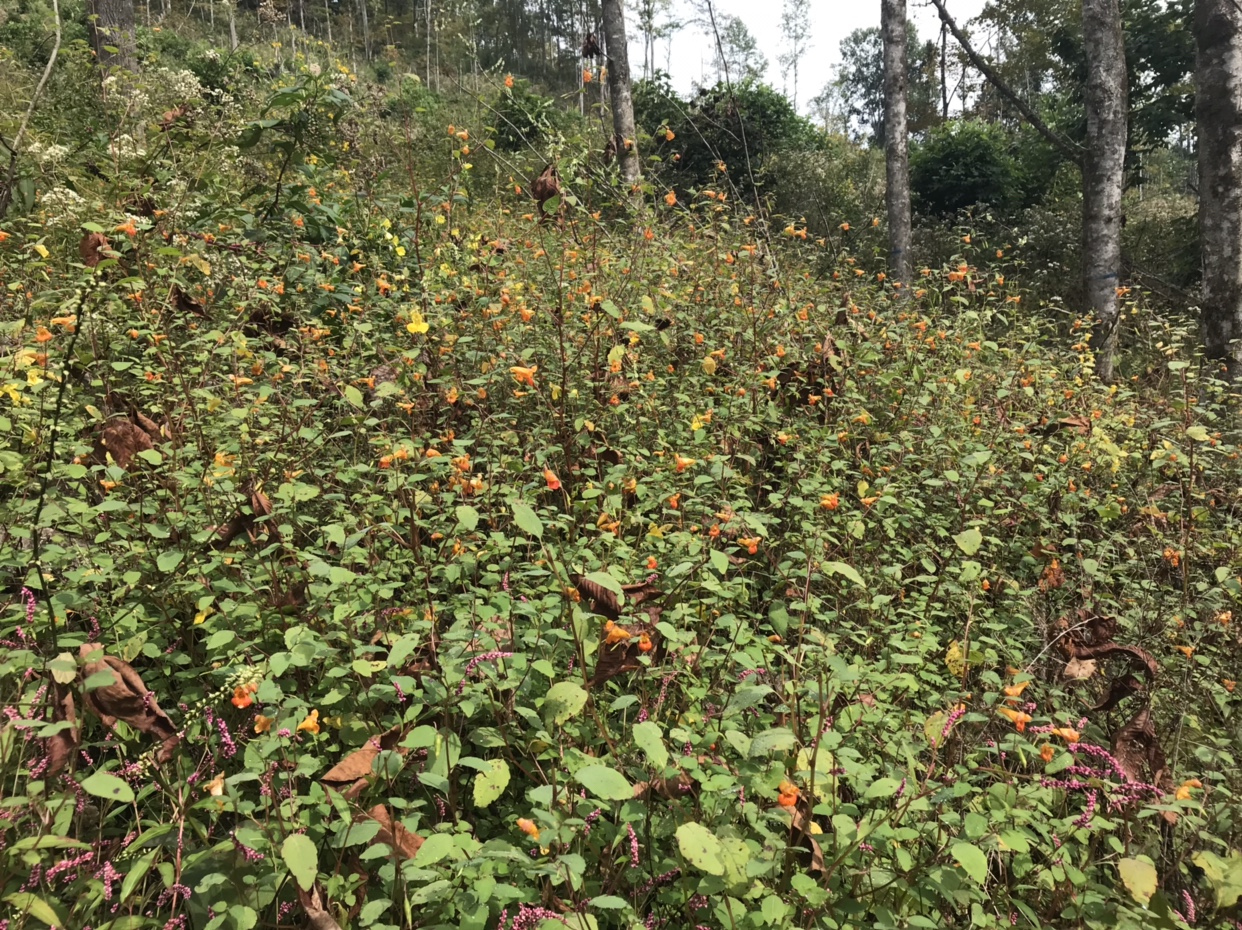I like this. Can you please expound on your method of assessment?
Method of assessment?
Knowing tree and invasive species is key, I cannot emphasize that enough. The biggest problem today with many hardwood forests is that the sprouts and saplings in the understory are of a different, lesser, or invasive species than the big quality trees that we want, and that hopefully the bulk of the upper story forest is comprised of. If you want to grow oaks, cherry, and hard maple, that's what the majority of little saplings should be, not striped maple, tree of heaven, european alder, shrub honeysuckle etc. growing so thick that only a few quality trees make it past them. Those big trees are seed trees but too few of these seeds grow for lack of sunlight because of shading by undesirables and/or too many big trees. Yes, some of these undesirables are deer browse, but quality tree sprouts are also deer browse, and don't worry, even with your best efforts, there will always be plenty of undesirables left for browse. Some of the bigger undesirable trees like pines and soft maple can be removed for pulp wood as part of a TSI operation, but that still leaves the bush and shrub sized undesirables like shrub honeysuckle that will grow even faster after the pulpwood has been removed. I've been in the woods 3 days this past week with 25% triclopyr and diesel fuel doing basal spraying on undesirables, I really like 1" of snow to do this because I can see much further, and I can do late season scouting at the same time, got another week to go, my target is to do 8 gallons ($65@gal) of 61% triclopyr (24 gal mixed) total this winter. Spray all sides of the tree from the ground including roots to 12" high, wet but not to the point of running off. Hinge cutting and mineral sprout stump cutting of undesirables are some of the other methods in the toolbox, but some of this stuff you just want dead. Hack and squirt is cheaper because you can use gly, but too slow for large areas. But all this is impossible if you don't know your plants and trees, do not kill saplings if you don't know what you are killing! Hiring someone in to do spraying is cost prohibitive to the point that it's not feasible. In hardwood forests the goal of maximum timber production and the goal of maximum wildlife habitat is actually managed the same way. Not to boast, but as an example, my best woods is a mixture of widely spaced big timber trees, middle sized timber trees, sapling timber trees and thick brushy briar patches that puts $1500 an acre checks in my pocket about every 13 years. A loggers chainsaw is one of my most valuable habitat tools, I can sit and watch, and it pays me too boot, but the invasive control is on me, not much to it if not neglected, a never ending battle in poorly managed woods. As stated, the big tree spacings need to be so wide that they always allow sunlight to the forest floor, so that the composition of the understory changes very little, and does not thin noticeablely during the 13 year cycle.
Trees should be spaced so that at maturity the crowns are in close proximity but not touching. The wide tree spacings promotes faster timber growth and less tree disease, but too wide spacing grows shorter trees with too many intermediate limbs for quality timber. A faster logging cycle taking less trees is key to my management plan, we are taking a diameter cut of about 18"-24" oak poplar cherry etc every 13 years in an area with good soil and rainfall, lesser conditions on another of my properties lengthens that cycle. To summarize; food plotting is one important equation of habitat management, but improving your woods is just as important.
Educate yourself, know your trees! Then you are ready to start managing your own woods, turning it into a beautiful place that pays you $ to manage trees and wildlife.



